Procurement Guide for High-Flow Water Purification Equipment for Factories
Step 1: Clearly Define Your Needs
Comprehensive Analysis and Evaluation of Water Sources
Detailed Classification of Water Source Types
Is your factory's water supply from a stable municipal water network, or is it drawn from natural environmental sources such as groundwater, surface water (rivers, lakes, reservoirs), or even pre-treated reclaimed water? Each water source carries unique impurities and potential contaminants. For example, municipal tap water may contain residual chlorine and disinfection byproducts, groundwater may be rich in minerals and heavy metals, surface water may be contaminated by organic matter, sediment, and microorganisms, while reclaimed water requires treatment tailored to its specific pollutants.
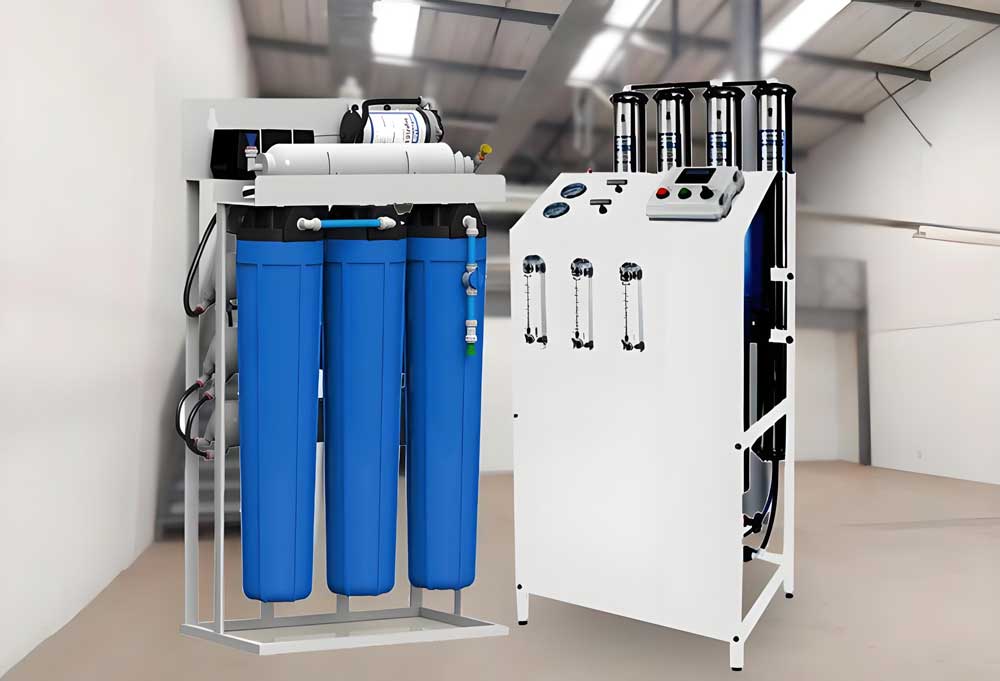
Obtaining Detailed Water Quality Test Reports
Don't settle for a basic water quality report. You need a detailed test report containing a full range of parameters, including pH value, turbidity, total dissolved solids (TDS), total hardness (calcium and magnesium ion content), various heavy metals (such as lead, mercury, cadmium, chromium, etc.), anions and cations (such as chloride ions, sulfate ions, nitrate ions, etc.), total organic carbon (TOC), total bacterial count, and coliform groups. For groundwater and surface water, it is essential to monitor seasonal water quality variations, such as increased turbidity and microbial content during the rainy season, and increased mineral concentrations during the dry season.
Collection and Analysis of Historical Water Quality Data
If possible, collect and analyze water quality test data from the past period to understand the long-term trends and potential risks of sudden pollution. This will help you choose a more adaptable pre-treatment solution.
Refined Requirements for Water Quality
In-depth Analysis of Final Uses
What key processes will the purified water serve? Is it directly involved in core product manufacturing, such as ingredient water for food and beverages, water for injection in the pharmaceutical industry, cleaning water and ultrapure water preparation in electronics manufacturing, or is it used for auxiliary production such as boiler feedwater, cooling circulating water, and daily drinking and sanitation water for employees? The water quality requirements for different uses can vary significantly. For example, the food and beverage industry has extremely strict controls on microorganisms and heavy metals, the pharmaceutical industry has almost stringent requirements for endotoxins and bacteria, and the electronics manufacturing industry pursues the ultimate in purity.
Specific Water Quality Standards for Industries and Applications
Thoroughly research the national standards, industry standards, and international standards (such as ISO, USP, EP, etc.) applicable to your industry to ensure that the final effluent water quality fully meets these requirements. For example, food companies need to comply with relevant standards such as the National Food Safety Standard for Drinking Natural Mineral Water (GB 8537) and the National Food Safety Standard for Packaged Drinking Water (GB 19298); pharmaceutical companies need to comply with the requirements of the Pharmacopoeia of the People's Republic of China for purified water and water for injection.
Precise Removal of Specific Pollutants
For specific pollutants that may exist in your factory, such as certain heavy metals, refractory organic matter, or specific bacteria or viruses, it is necessary to clearly specify them in the water quality requirements so that suppliers can provide targeted solutions.
Accurate Calculation and Prediction of Water Flow Requirements
Scientific Assessment of Peak Water Demand
Accurately calculate the maximum instantaneous water consumption of the factory during peak production periods (e.g., when all production lines are running simultaneously, cleaning and disinfection, etc.). This is the key basis for determining the rated treatment capacity of the water purification equipment.
Statistical Analysis of Average Water Consumption
Collect and analyze the factory's average daily, weekly, or monthly water consumption to help you more accurately assess the long-term operating costs of the equipment, such as electricity consumption and consumables.
Reasonable Prediction of Future Water Demand
Fully consider the factory's future development plans, such as capacity expansion and the introduction of new production lines, and reserve a certain amount of water purification equipment treatment capacity to avoid the need to purchase new equipment in the future due to increased water consumption.
Detailed Investigation of Installation Sites and Constraints
Precise Measurement of Available Space
Accurately measure the area, length, width, and height of the space available in the factory for installing water purification equipment, and consider the maintenance space required for the equipment.
Full Assessment of Water and Electricity Conditions
Confirm whether the installation location has a stable and reliable power supply, and assess whether the power load meets the operating requirements of the equipment. At the same time, ensure that there are convenient and environmentally compliant drainage pipes near the installation location for discharging the concentrated water and cleaning wastewater from the equipment.
Comprehensive Consideration of Environmental Factors
Evaluate the temperature, humidity, ventilation conditions of the installation environment, and whether there are corrosive gases or dust, as these factors may affect the performance and service life of the equipment.
Reasonable Budget Planning and Cost-Effectiveness Analysis
Detailed Breakdown of Equipment Procurement Budget
Clearly define the upper limit of your budget for water purification equipment procurement and break it down into various stages such as the equipment itself, transportation, installation, and commissioning.
Comprehensive Prediction of Long-Term Operating Costs
In addition to the one-time purchase cost of the equipment, it is essential to fully predict the long-term operating costs of the equipment, including electricity bills, water bills (if the water source is charged), replacement costs of consumables such as filter cartridges, filter membranes, and resins, daily maintenance costs, and possible repair costs.
Scientific Evaluation of Return on Investment Period
Carefully evaluate the economic benefits that the use of water purification equipment can bring to you in terms of improving product quality, reducing reject rates, reducing energy consumption, and reducing water resource waste, and calculate a reasonable return on investment period.
In-depth Understanding of Relevant Regulations and Industry Standards
Regulatory Requirements of Local Governments and Environmental Protection Departments
Thoroughly understand the regulations and standards of local governments and environmental protection departments regarding factory water use, wastewater discharge, and construction of environmental protection facilities to ensure that the water purification equipment you choose meets these requirements.
Industry-Specific Standards and Specifications
In-depth research on the water quality standards, equipment specifications, and operating procedures applicable to your industry to ensure that your procurement decisions comply with industry best practices.
Step 2: In-Depth Analysis of Common High-Flow Water Purification Technologies
Principles and Applications of Multimedia Filtration
Multimedia filters remove suspended solids, particulate matter, and turbidity from water by filling different particle sizes of filter media to form multiple filtration layers. It is often used as a pre-treatment system for reverse osmosis, ultrafiltration, and other precision filtration processes to protect downstream membrane elements from clogging.
Adsorption Mechanism and Selection of Activated Carbon Filters
Activated carbon has a huge specific surface area and can effectively adsorb residual chlorine, odors, organic matter, pigments, and certain volatile organic compounds (VOCs) in water. Different types of activated carbon, such as granular activated carbon (GAC) and powdered activated carbon (PAC), can be selected according to different application requirements and pollutant types.
Ion Exchange Process and Maintenance of Water Softeners
Water softeners are filled with ion exchange resin. The sodium ions on the resin exchange with calcium and magnesium ions in the water, thereby removing the hardness in the water. When the resin is saturated with adsorbed ions, it needs to be regenerated with brine. Softeners are often used for boiler feedwater to prevent scaling inside the boiler, improving the operating efficiency and safety of the boiler.
Membrane Separation Technology and System Composition of Reverse Osmosis (RO)
Reverse osmosis is a high-precision membrane separation technology that uses a semi-permeable membrane under pressure to allow only water molecules to pass through, while retaining most impurities such as soluble salts, heavy metals, organic matter, bacteria, and viruses on the other side of the membrane. RO systems typically include a pre-treatment system, a high-pressure pump, RO membrane modules, and a post-treatment system.
Sterilization Principle and Precautions of Ultraviolet (UV) Sterilizers
UV sterilizers kill and disinfect water by irradiating it with ultraviolet rays of a specific wavelength, destroying the DNA structure of microorganisms in the water and rendering them unable to reproduce. UV sterilization has the advantages of high efficiency, no secondary pollution, and simple operation, but it has certain requirements for the turbidity and suspended solids content of the water.
Continuous Desalination Mechanism and Advantages of Electrodeionization (EDI)
EDI technology combines ion exchange resin and electrodialysis membrane technology. Through the action of an electric field, the ions in the water are adsorbed by the ion exchange resin, and then the ions are migrated out through the electrodialysis membrane, achieving continuous deep desalination to produce high-purity water or ultrapure water. EDI systems do not require chemical regeneration and have lower operating costs.
Membrane Pore Size and Application Differences of Ultrafiltration (UF) and Microfiltration (MF)
UF and MF both use membrane separation technology to remove impurities from water. The main difference lies in the pore size of the membrane. MF has a larger pore size and is mainly used to remove suspended solids, particulate matter, and larger microorganisms; UF has a smaller pore size and can remove bacteria, colloids, and some viruses. UF and MF are often used as pre-treatment for reverse osmosis and can also be used alone in applications with less stringent water quality requirements.
Step 3: Comprehensive Evaluation of Potential Suppliers (Expanded)
Deep Industry Experience and Excellent Market Reputation
Investigate the supplier's years of experience in the industrial water purification field, understand the types and sizes of clients they have served, and check their reputation and word-of-mouth in the market. Information can be obtained through industry associations and customer reviews.
High-Quality Products and Authoritative Certification Systems
Thoroughly understand the brands, performance, and quality assurance of key components (such as pumps, valves, control systems, and membrane elements) of the water purification equipment provided by the supplier. Confirm whether the equipment has passed authoritative certifications such as ISO 9001 quality management system certification and CE certification.
Strong Customized Design and Integration Capabilities
Excellent suppliers should have the ability to provide customized solutions according to the specific needs of your factory, including detailed equipment selection suggestions, scientifically sound system design plans, and the ability to integrate with other factory equipment.
完善的售后服务体系与及时的技术支持
Thoroughly understand the after-sales service content provided by the supplier, including equipment installation and commissioning plans, comprehensive operation training, timely maintenance response speed, sufficient supply of spare parts, and long-term technical support services.
Professional Technical Team and Continuous R&D Capabilities
Evaluate whether the supplier's technical team consists of experienced professionals and whether they have continuous R&D capabilities to provide your factory with cutting-edge water purification technologies and solutions.
Reasonable Price and Comprehensive Value Embodiment
When comparing the quotations of different suppliers, do not only focus on the initial purchase price of the equipment, but also comprehensively consider the performance, quality, expected service life, operating costs, and after-sales service to choose the solution that provides the greatest value for you.
Step 4: Standardized Procurement Process (Expanded)
Formulate Detailed Technical Specifications and Requirements (More Detailed Requirements)
In addition to specifying basic requirements such as treatment capacity and effluent water quality, the technical specifications should also include detailed requirements for equipment materials, control systems (such as whether remote monitoring and automation level are required), installation interfaces, noise control, and safety protection.
Issue a Request for Quotation (RFQ) or a Request for Proposal (RFP) (More Comprehensive Information)
In addition to the technical specifications, the RFQ or RFP should also include the company's basic information, project background, delivery date requirements, payment terms, after-sales service requirements, supplier qualification requirements, and other more comprehensive information.
Evaluate Supplier Proposals and Quotations (Multi-Dimensional Evaluation)
Conduct multi-dimensional evaluations of the received proposals in terms of technology, business, and after-sales service. Establish an evaluation matrix to objectively compare the advantages and disadvantages of different suppliers.
Conduct In-Depth Site Visits and Factory Inspections (Key Step)
On-site inspections should not only understand the supplier's production capacity but also examine their quality control processes, R&D capabilities, after-sales service system, and experience with projects similar to yours.
Conduct Multiple Rounds of Technical Exchanges and Clarifications (Ensure Consistent Understanding)
Conduct multiple rounds of technical exchanges with shortlisted suppliers to discuss and clarify the details in the proposals in depth, ensuring that both parties have a complete and consistent understanding of the technical solutions.
Conduct Detailed Business Negotiations and Sign a Rigorous Contract
During the business negotiation stage, fully negotiate key terms such as price, payment terms, delivery date, after-sales service terms, liability for breach of contract, and intellectual property protection, and sign a rigorous procurement contract that clearly defines the rights and obligations of both parties.
Professional Equipment Installation and Careful Commissioning
The supplier should dispatch experienced engineers to carry out equipment installation and commissioning to ensure that the equipment is installed according to specifications and conduct comprehensive performance tests to achieve the expected operating results.
Comprehensive Operation Training and Maintenance Guidance
The supplier should provide your factory operators with systematic and comprehensive training on equipment operation, daily maintenance, and common troubleshooting, and provide detailed operation manuals and maintenance guides.
Strict Acceptance Testing and Performance Confirmation
After the equipment installation and commissioning are completed, conduct strict acceptance tests according to the acceptance standards stipulated in the contract to verify whether the various performance indicators of the equipment meet the contract requirements, and sign the acceptance report.
Step 5: Long-Term Post-Procurement Considerations (More Comprehensive Management)
Standardized Maintenance and Regular Upkeep
Establish a sound equipment maintenance system and strictly follow the supplier's recommendations and equipment maintenance manual for regular maintenance, such as cleaning filters, replacing filter cartridges, and checking pipe connections, to extend the service life of the equipment and ensure its operating efficiency.
Sufficient Supply of Consumables and Timely Replacement of Spare Parts
Plan ahead for the replacement cycle of equipment consumables (such as filter cartridges, filter membranes, and resins) and establish a reasonable spare parts inventory to ensure timely replacement when needed, avoiding production disruptions due to a shortage of consumables.
Continuous Operation Monitoring and Regular Performance Evaluation
Establish a sound operation monitoring system to monitor the operating parameters of the water purification equipment in real time (such as inlet pressure, outlet pressure, flow rate, conductivity, pH value, etc.) and the quality of the effluent water. Conduct regular performance evaluations to identify and resolve potential problems in a timely manner, ensuring that the equipment is always in optimal operating condition.
Flexible Upgrade and Retrofit Solutions
As the factory's business develops and water quality requirements change, it may be necessary to upgrade or retrofit the water purification equipment. Consider the modular design and future scalability of the equipment during procurement to facilitate subsequent upgrades and retrofits.
Key Considerations and Best Practices (More In-Depth Advice)
Maximizing Energy Efficiency
Choosing energy-efficient water pumps, motors, and control systems, and optimizing system operating parameters can significantly reduce the long-term operating costs of the equipment.
Minimizing Environmental Impact
Pay attention to the equipment's wastewater discharge and concentrate treatment methods, and choose environmentally friendly water purification technologies and equipment.
Thorough Prediction of Future Needs and Scalability Design
When selecting equipment, fully consider the factory's development plans for the next few years and choose equipment with good scalability to facilitate future capacity expansion when water consumption increases.
Seamless Integration with Existing Systems
When designing the water purification system, fully consider its compatibility with the factory's existing water supply system, drainage system, and automation control system to ensure seamless integration.
Comprehensive Consideration of Total Cost of Ownership
When evaluating different water purification solutions, do not only focus on the initial purchase price of the equipment, but also comprehensively consider the installation costs, operating costs (including electricity bills, water bills, consumable costs, maintenance costs), and potential repair costs to choose the solution with the lowest total cost of ownership.
Seeking Professional Third-Party Consultation and Evaluation
If you are not familiar with water purification technology or the procurement process, or if you need more professional advice, consider hiring a professional third-party water purification equipment consulting company or engineer to provide you with technical consultation and solution evaluation services.
Conclusion
Procuring high-flow water purification equipment for factories is a complex decision involving multiple factors. Only by thoroughly understanding your own needs, fully understanding various water purification technologies, carefully evaluating potential suppliers, following a standardized procurement process, and paying attention to long-term operation and maintenance can you choose the most suitable water purification solution for your factory, providing a stable, reliable, and high-quality water source for your production operations and laying a solid foundation for the sustainable development of the factory.
Frequently Asked Questions (FAQ)
Q: Why is a detailed water analysis so important before purchasing a purification system?
A: A detailed water analysis is the foundation for selecting the right purification system. Different water sources contain different impurities and pollutants. Understanding the specific water quality composition of the source, including pH value, turbidity, TDS, hardness, heavy metals, organic matter, and microbiological indicators, can help you determine which pollutants need to be removed, thereby selecting the most effective pre-treatment and purification technologies and avoiding improper selection that leads to poor purification effects or equipment damage.
Q: How do I determine the correct flow rate for my factory's needs?
A: Determining the correct flow rate requires considering the factory's peak water demand, average water consumption, and future water needs. Evaluate all production processes, cleaning and disinfection, cooling circulation, and other scenarios where water may be used simultaneously to calculate the maximum instantaneous water consumption. At the same time, analyze historical water consumption data to understand the average water consumption. Finally, reserve a certain margin based on the factory's future development plans. It is recommended to consult professional engineers for flow rate calculation and evaluation.
Q: What are the key water quality parameters I should consider?
A: The key water quality parameters depend on the final use of water in your factory. Generally, the parameters to consider include suspended solids, turbidity, total dissolved solids (TDS), hardness (calcium and magnesium ions), pH value, residual chlorine (for tap water), heavy metal content, organic matter content, and microbiological indicators (total bacterial count, coliform groups, etc.). For specific industries, other specific pollutants may also need to be considered.
Q: What are the main differences between RO, UF, and MF? When should I choose each?
A: RO (Reverse Osmosis), UF (Ultrafiltration), and MF (Microfiltration) are all membrane separation technologies, with the main difference being the pore size of the membrane and the types of pollutants that can be removed.
- MF (Microfiltration): Has the largest pore size and mainly removes suspended solids, particulate matter, sediment, and larger microorganisms (such as bacteria). It is often used for pre-treatment or in applications with less stringent water quality requirements.
- UF (Ultrafiltration): Has a smaller pore size than MF and can remove bacteria, colloids, and some viruses. It is often used as pre-treatment for RO or as an independent purification process.
- RO (Reverse Osmosis): Has the smallest pore size and can remove almost all dissolved salts, heavy metals, organic matter, bacteria, and viruses, producing extremely high-quality water. It is suitable for production processes with extremely high water quality requirements, such as food and beverage, pharmaceutical, and electronics manufacturing.
The choice of technology depends on your effluent water quality requirements.
Q: Is pre-treatment always necessary for RO systems? What kind of pre-treatment is common?
A: Yes, pre-treatment is essential for protecting RO membranes. RO membranes are very delicate and easily fouled and damaged by suspended solids, particulate matter, residual chlorine, hardness, and other substances. Common types of pre-treatment include:
- Multimedia Filters: Remove suspended solids and particulate matter.
- Activated Carbon Filters: Remove residual chlorine, organic matter, and odors.
- Water Softeners: Remove calcium and magnesium ions to prevent membrane scaling.
- Cartridge Filters (Security Filters): Further remove fine particles to protect the RO membrane.
Q: What are the advantages of using Ultraviolet (UV) sterilization in a factory setting?
A: Using UV sterilization in a factory setting has the following advantages:
- Highly Effective Sterilization: Can quickly and effectively kill bacteria, viruses, and fungi in water.
- No Secondary Pollution: Does not produce any chemical byproducts and is harmless to the environment and human body.
- Simple Operation: The equipment has a simple structure, and operation and maintenance are convenient.
- Low Cost: The operating cost is relatively low.
It is often used as the final disinfection step to ensure the microbiological safety of the effluent water.
Q: What are some red flags to watch out for when evaluating potential suppliers?
A: When evaluating potential suppliers, be wary of the following red flags:
- Lack of Experience and Successful Cases: The supplier has insufficient experience in the industrial water purification field and lacks relevant successful cases.
- Incomplete Qualifications and Certifications: The supplier cannot provide relevant industry qualifications and quality certifications.
- Quotation Too Low or Too High: A quotation that is significantly lower than the average market level may indicate quality or service issues, while an excessively high quotation may exceed the budget.
- Vague After-Sales Service Commitments: The supplier's commitments regarding after-sales service, technical support, and spare parts supply are unclear.
- Poor Customer Reviews: Negative customer reviews about the supplier are found through online or other channels.
Q: Should I prioritize price over experience when choosing a supplier?
A: When choosing a supplier, you should not only focus on price but comprehensively consider multiple factors such as price, experience, technical strength, product quality, and after-sales service. Experienced suppliers can usually provide more professional technical solutions and more reliable after-sales service. Although the price may be slightly higher, in the long run, it can reduce the operating and maintenance costs of the equipment and reduce losses caused by equipment failures. Therefore, it is recommended to prioritize experienced and reputable suppliers within a reasonable budget.
Q: What kind of after-sales support is essential for these types of systems?
A: For high-flow water purification equipment, the following after-sales support is essential:
- Timely Technical Support: The supplier should be able to provide prompt technical consultation and troubleshooting services.
- On-Site Installation and Commissioning: The supplier should be responsible for the professional installation and commissioning of the equipment to ensure its normal operation.
- Comprehensive Operation Training: Provide factory operators with detailed training on equipment operation and maintenance.
- Sufficient Supply of Spare Parts: Be able to provide the required spare parts in a timely manner to reduce equipment downtime.
- Regular Maintenance Services: Provide regular equipment maintenance services to extend the service life of the equipment.
- Warranty Period and Scope: Clearly define the warranty period and scope of the equipment.
Q: How often does a high-flow RO system typically require maintenance?
A: The maintenance frequency of a high-flow reverse osmosis system depends on various factors, including the quality of the influent water, the effectiveness of the pre-treatment, the equipment's operating time, and operating procedures. Generally, RO membranes need to be cleaned regularly (possibly monthly or quarterly), pre-treatment filter cartridges need to be replaced (possibly monthly or quarterly), and a comprehensive annual inspection and maintenance should be performed. It is recommended to operate according to the supplier's maintenance manual and adjust the maintenance plan based on actual operating conditions.
Q: What are the common consumables that need to be replaced in these systems?
A: Common consumables that need to be replaced in high-flow water purification systems include:
- Pre-treatment Filter Cartridges: Such as PP cotton filter cartridges and activated carbon filter cartridges, used to remove suspended solids and residual chlorine.
- RO Membrane Elements: The core components of the reverse osmosis system, which need to be replaced regularly. The replacement cycle depends on the quality of the influent water and operating conditions.
- Softening Resin: The ion exchange resin in the water softener will gradually become ineffective and needs to be replaced or regenerated regularly.
- UV Lamps: The lamps of ultraviolet sterilizers have a certain lifespan and need to be replaced regularly to ensure the sterilization effect.
Q: How can I monitor the performance of my water purification system?
A: You can monitor the performance of your water purification system through the following methods:
- Monitor Key Operating Parameters: Such as inlet pressure, outlet pressure, flow rate, conductivity, and pH value.
- Conduct Regular Water Quality Testing: Regularly test the purified water quality and compare it with the set standards.
- Record Equipment Operation Logs: Record the equipment's operating time, maintenance records, and failure records.
- Use Online Monitoring Equipment: Some advanced water purification systems are equipped with online monitoring equipment that can monitor key water quality parameters in real time.
Q: What is the typical lifespan of a high-flow water purification system?
A: The typical lifespan of a high-flow water purification system depends on factors such as the quality of the equipment, operation and maintenance, and the quality of the influent water. Generally, if properly maintained, the main equipment can be used for 10-15 years or even longer. Some vulnerable parts, such as filter cartridges, filter membranes, and water pumps, need to be replaced regularly according to the actual situation.
Q: Are there any government incentives or rebates for purchasing energy-efficient water treatment equipment?
A: Some countries or regions may offer government incentives or rebates for companies that purchase energy-efficient and environmentally friendly water treatment equipment. You can consult local government departments, environmental protection departments, or industry associations to find out if there are any relevant policy support.
Must-Read Blogs For Chain Restaurants Owner

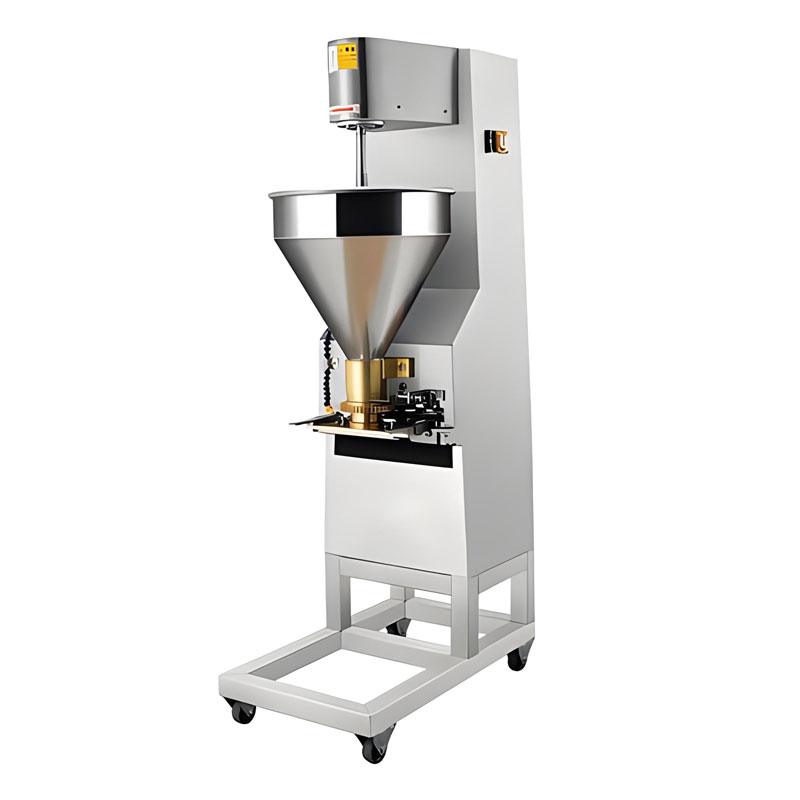
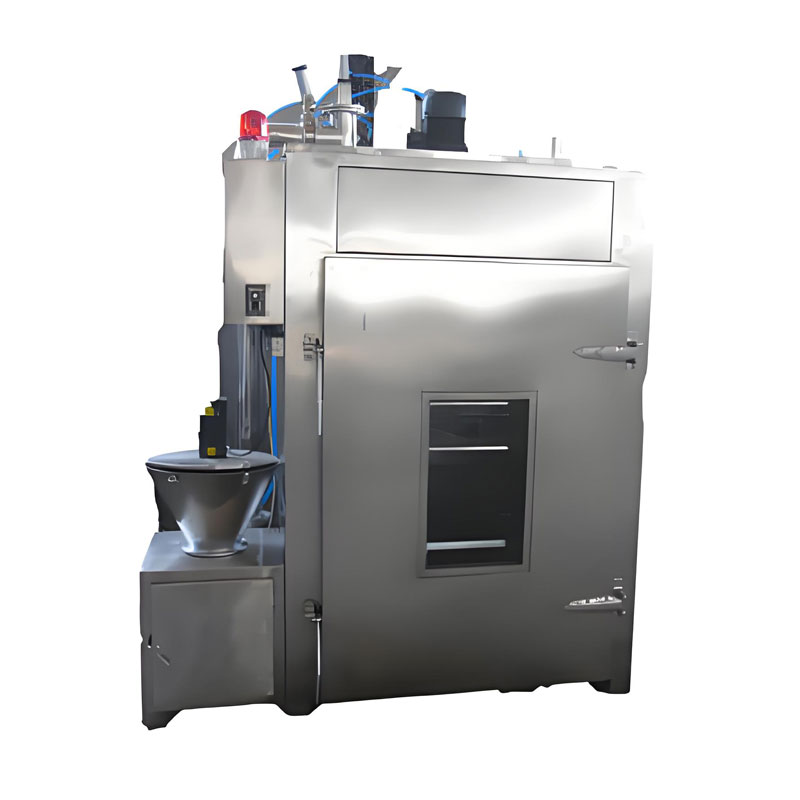
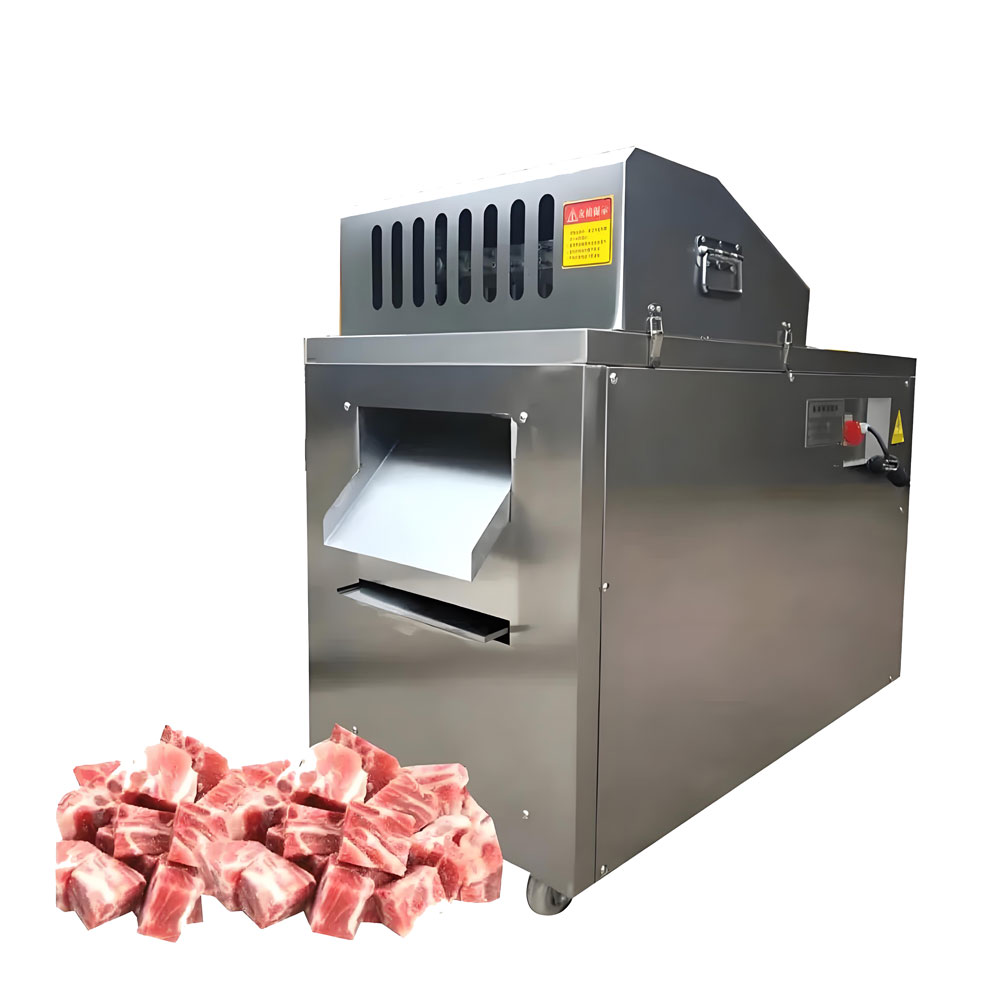
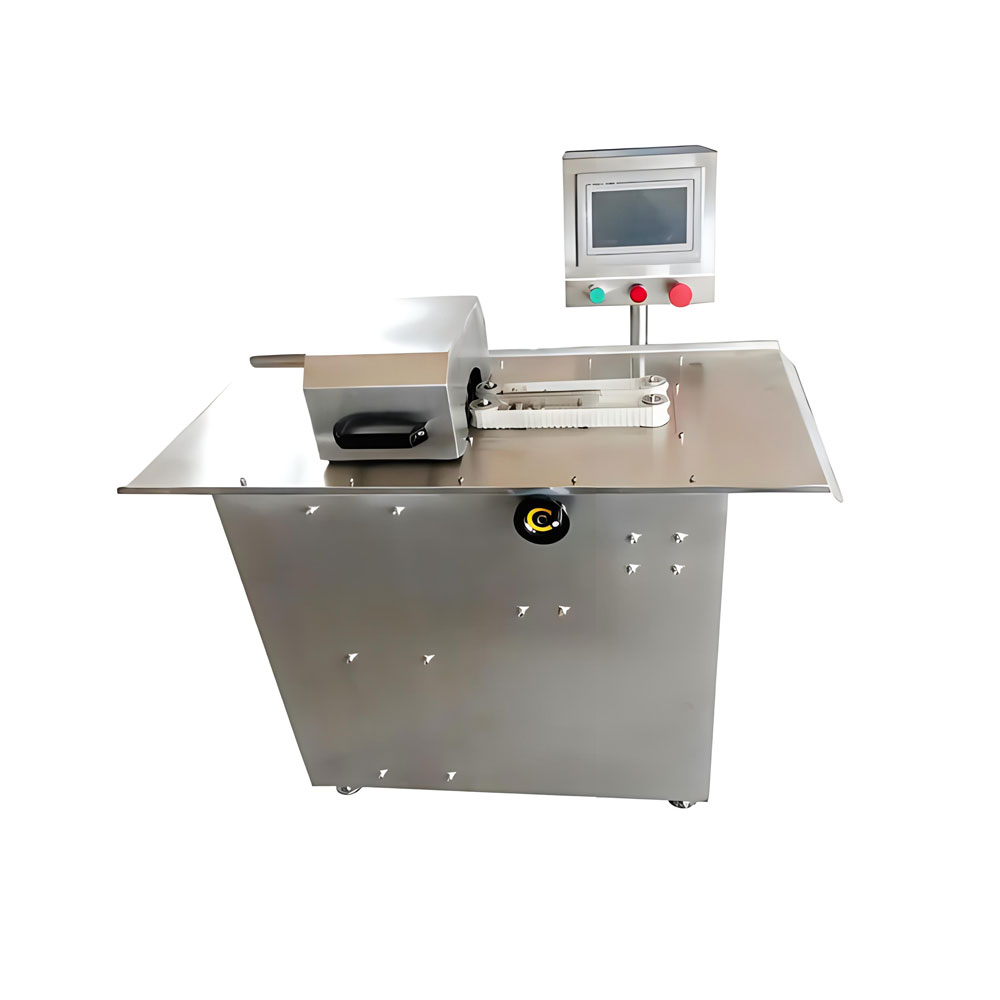
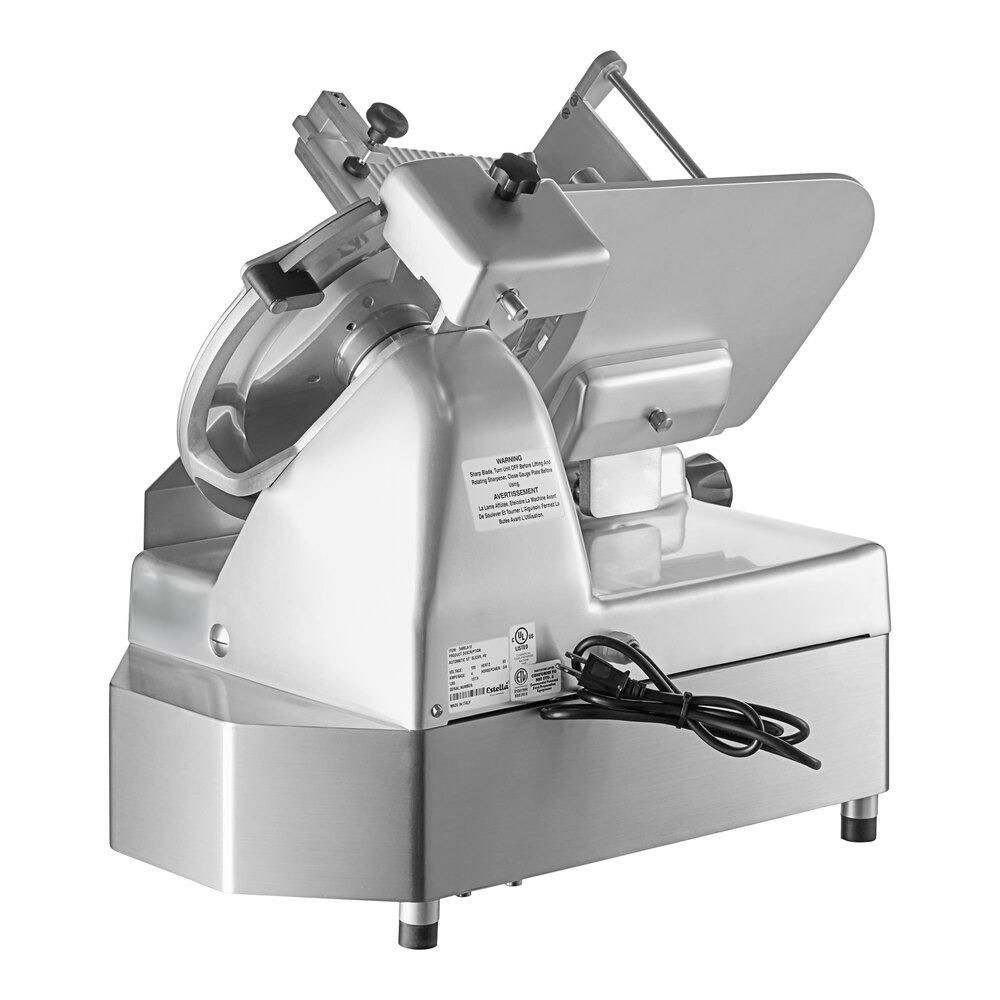
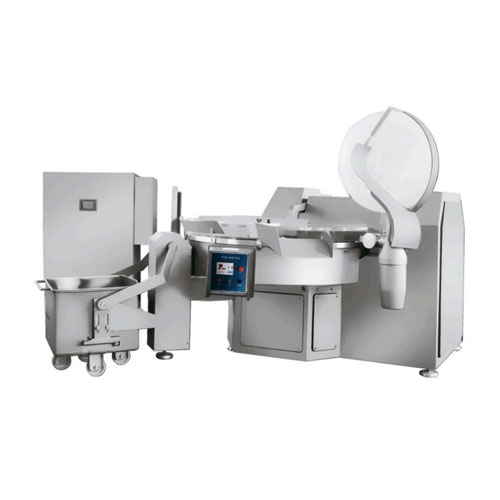
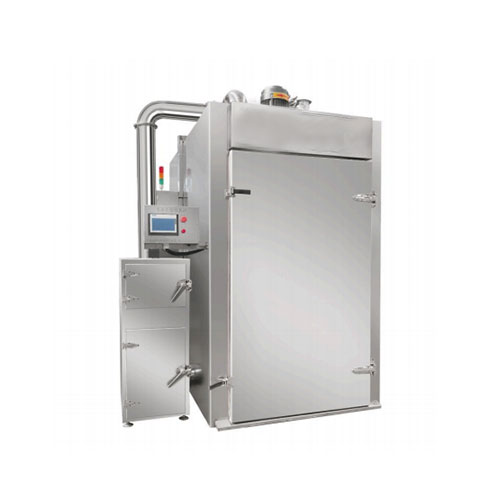
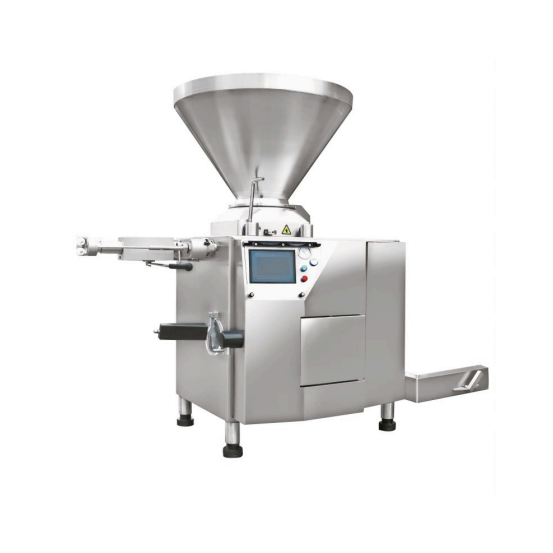
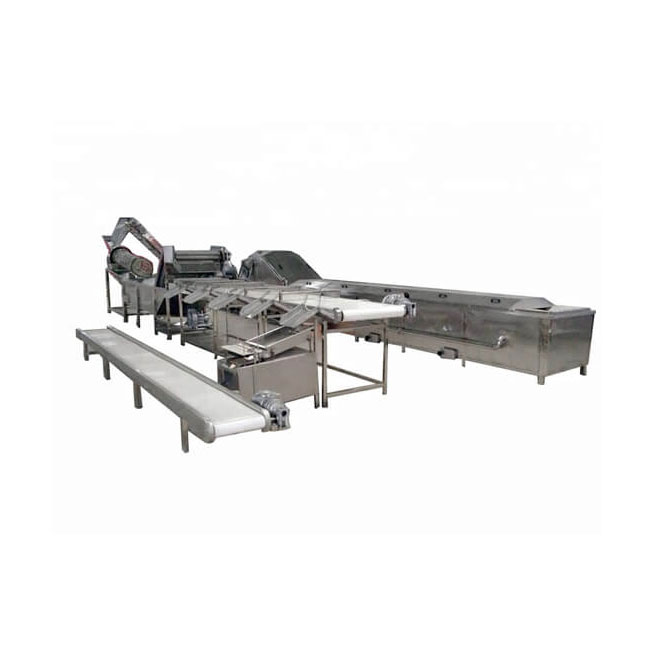
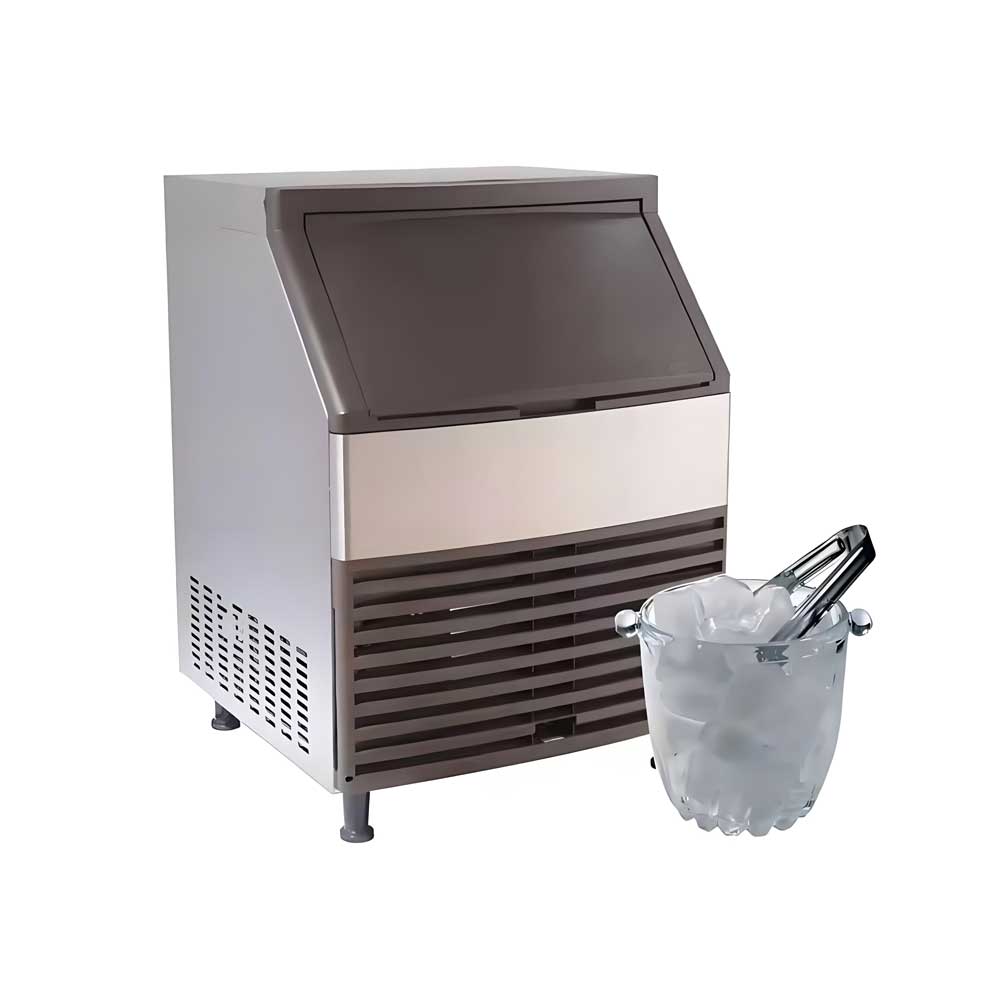
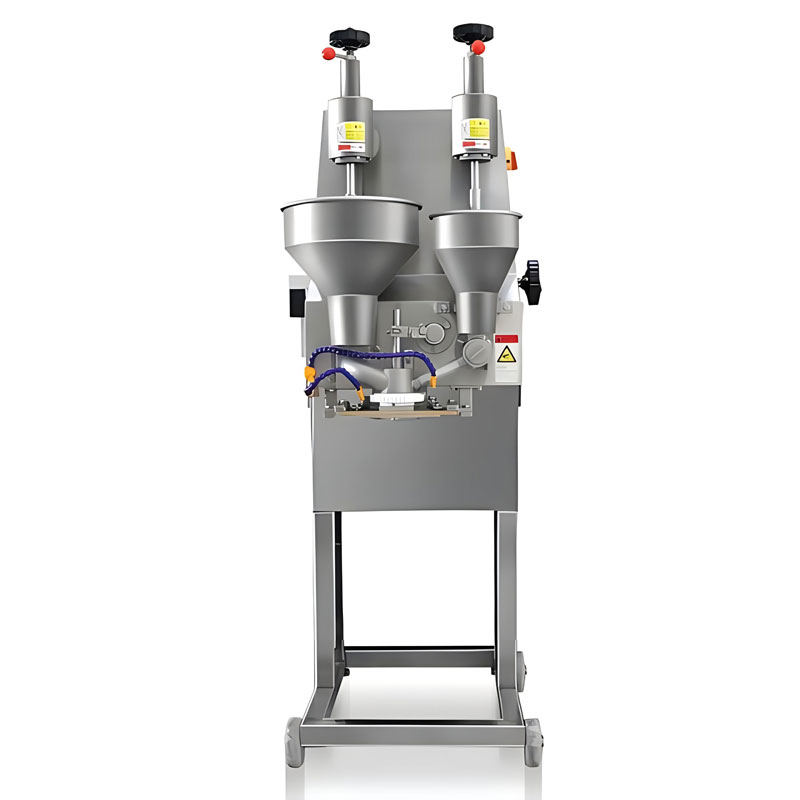 Commercial Stufed Meatball Forming Machine
Commercial Stufed Meatball Forming Machine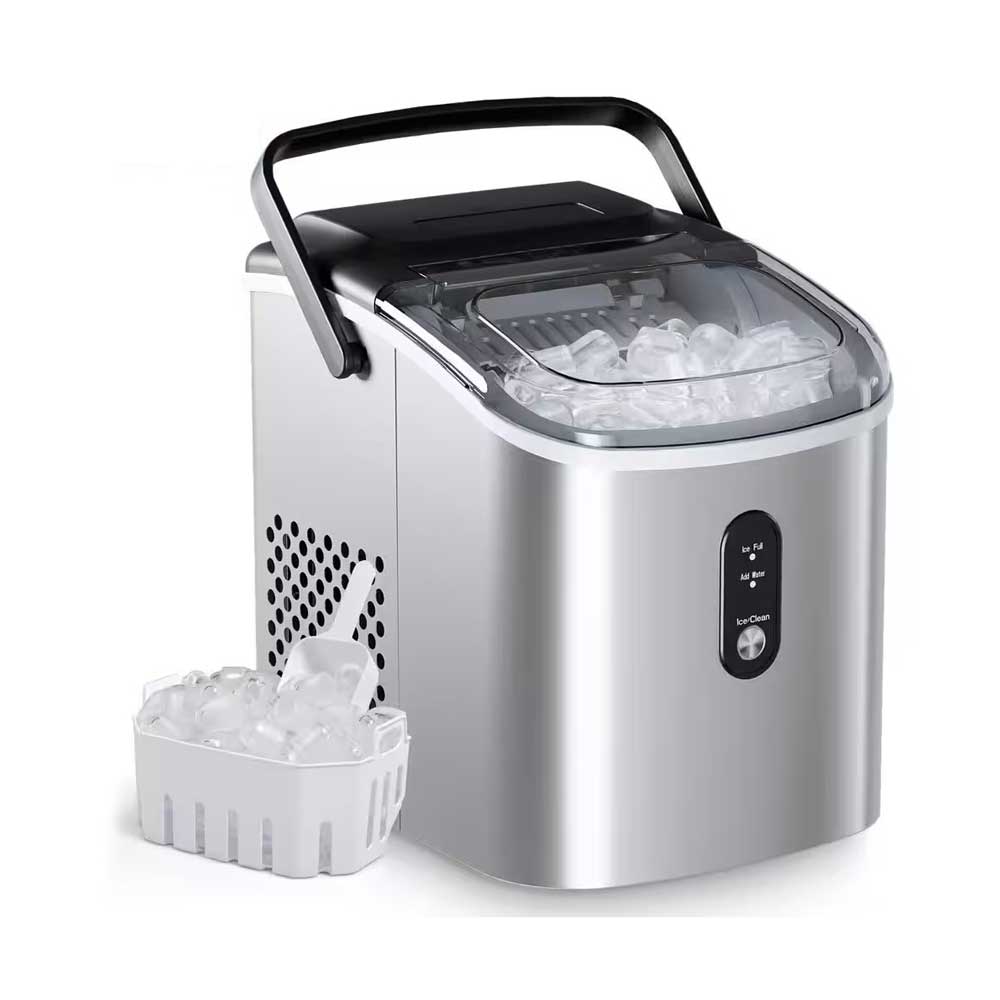 Portable Flake Ice Machine
Portable Flake Ice Machine
Ready to Get Started?